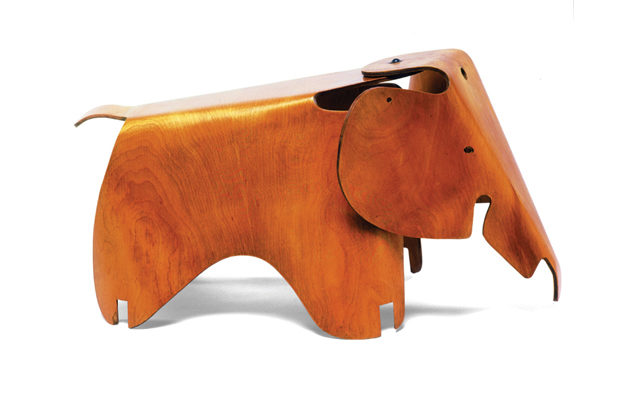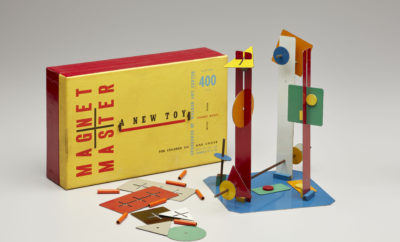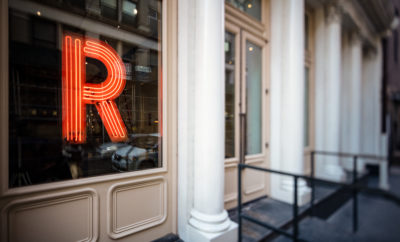
Design
Honoring Vitra and its Decades of Good Design

© Vitra/Marc Eggimann photos
Rolf Fehlbaum was just sixteen years old and already a fan of American jazz and the works of Mark Twain when he accompanied his father on a trip to America in 1957. There he met George Nelson and Charles and Ray Eames because his father was sealing a deal to become the European manufacturer for Herman Miller, to wit: some of the most important furniture designs of a generation. Young Rolf had gone along in part as a translator, but the experience ended up transforming him, and eventually his family’s company, Vitra. “I had never met a designer before, but I quickly learned that they were very special beings: cool and sovereign,” he says today, almost six decades later. “They designed products, but also a world.”
Fehlbaum went on to get a doctorate in the social sciences, but eventually took over the helm at Vitra. And in his long tenure there (he came into the company in 1977 and is now chairman emeritus), he has made it possible for us all to experience some of the joy he’s found in design. At Vitra he has commissioned work from an astounding roster of designers, who have produced furniture, objects, and buildings that challenge, please, provoke, delight, and charm us.
The list of architects and designers (Fehlbaum often refers to them as “authors”) is long and star-studded—Frank Gehry, Herzog and de Meuron, Zaha Hadid, Hella Jongerius, Marc Newson, Ron Arad, Ronan and Erwan Bouroullec, Maarten Van Severen, Jasper Morrison, Antonio Citterio, and Alberto Meda (to name just some), not to mention the Eameses, Miller, Verner Panton, and Jean Prouvé. The work ranges from objects you can hold in your hand up to factory-sized buildings. At Vitra’s core, says Fehlbaum, is “respect for the designer and the belief that good design can change the world—admittedly in some hard to describe way.”

© Vitra/Eggimann photo
This winter the Philadelphia Museum of Art is honoring both Fehlbaum and Vitra with a wide-ranging exhibition (it includes furniture and other objects, drawings, photographs, books, and more). Fehlbaum himself curated the show, aptly titled Vitra—Design, Architecture, Communication. In addition, in November Fehlbaum received the annual award given by the museum’s influential design support group, Collab. Collector and author Lisa Roberts says Collab sought to honor Vitra’s innovative approach to furniture design and Fehlbaum’s visionary leadership. “His creative collaborations with leading international architects and designers made Vitra one of the most design-forward furniture companies in the world,” Roberts says.
The company’s official home is in Switzerland, but the more widely visited Vitra Campus is just over the Swiss-German border in Weil am Rhein. In addition to structures by Gehry, Herzog and de Meuron, Ha-did, Nicholas Grimshaw, SANAA, Tadao Ando, and Álvaro Siza, the campus features two important (transplanted) small mid-century buildings, one by Prouvé, the other by Buckminster Fuller. Fehlbaum “is really a collector of buildings,” says Kathryn Hiesinger, the Philadelphia Museum’s senior curator of decorative arts. On the campus he also added a major sculpture by Claes Oldenburg and Coosje van Bruggen and, most recently, a large-scale participatory artwork from Belgian artist Carsten Höller in the form of a giant slide.

© Vitra/Thomas Dix photo
The Vitra Design Museum, one of Gehry’s buildings on the campus, mounts important exhibitions on both historic and contemporary designers; on view through December is Alvar Aalto: Second Nature, but previous notable shows have covered topics ranging from Czech cubism to Gerrit Rietveld. VitraHaus, where there are also a shop and a café, features a multistory installation that tells the story of the company’s long-enduring product lines.
“Every product sends messages, good or bad, confusing, boring or encouraging,” he says. “The designer is the creator of these messages and if she or he is a real author there is consistency between the different manifestations of the work. I guess that independently of a specific style preference we are attracted by objects that are both familiar and new. And the classics though we have seen so many times remain eternally new because they are still full of the experimental spirit of their beginnings.”
Fehlbaum himself is an avid collector, with a focus on (and an encyclopedic assemblage of) modern chairs and lighting devices; that collection, currently archived in a cavernous basement space at one corner of the campus, will eventually go on public view in an additional museum structure (designed, as was
VitraHaus, by Herzog and de Meuron). All this puts Vitra squarely into the books for those interested in the history of modern and contemporary design. And Fehlbaum has been quietly shepherding this, guiding Vitra with a philosophy that took root in 1957 when he first met the Eameses and Nelson.












